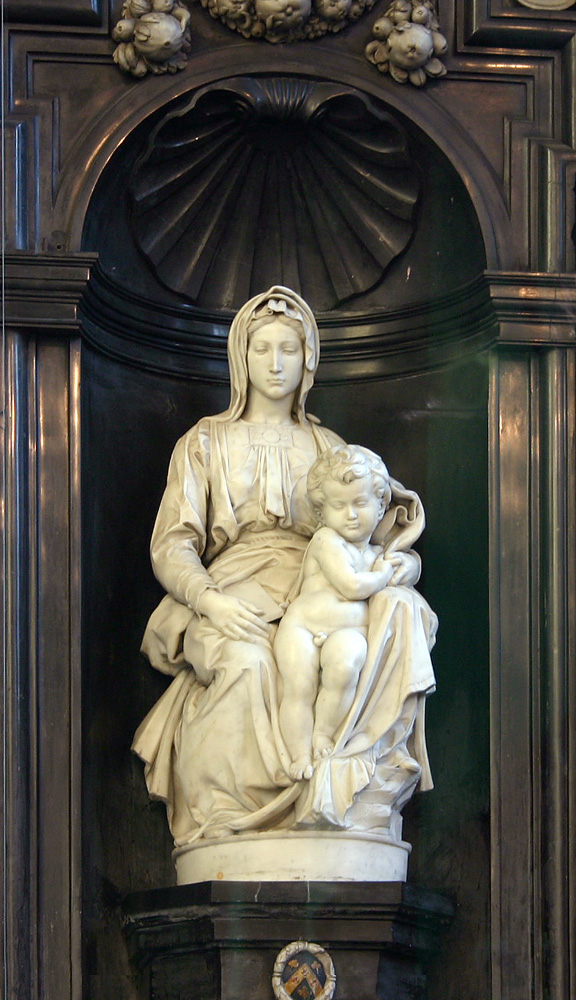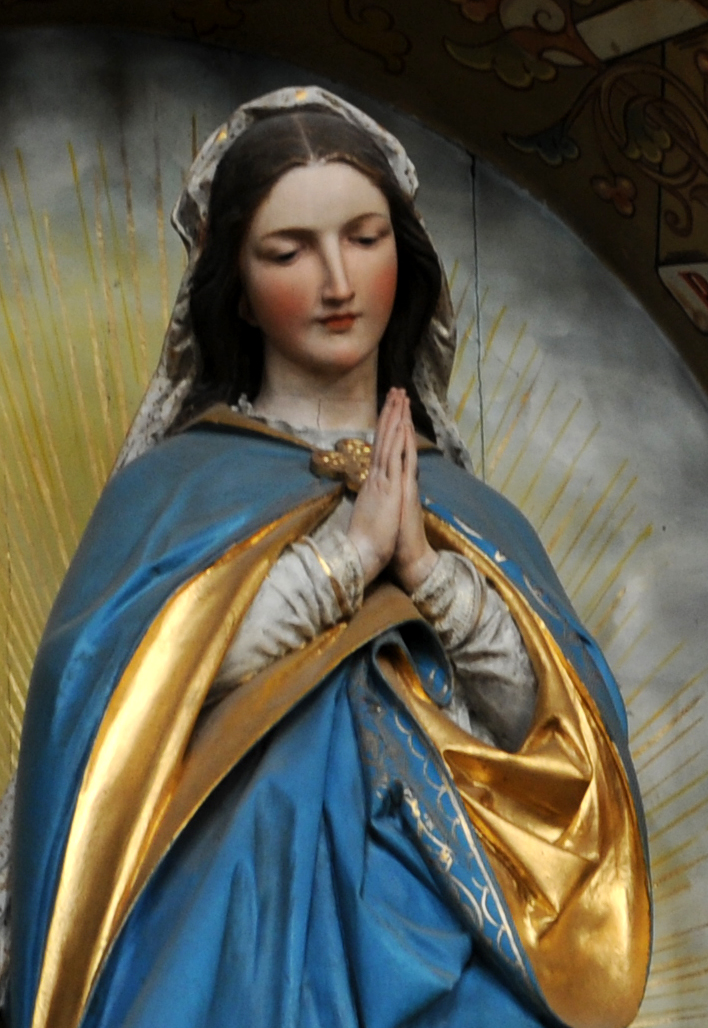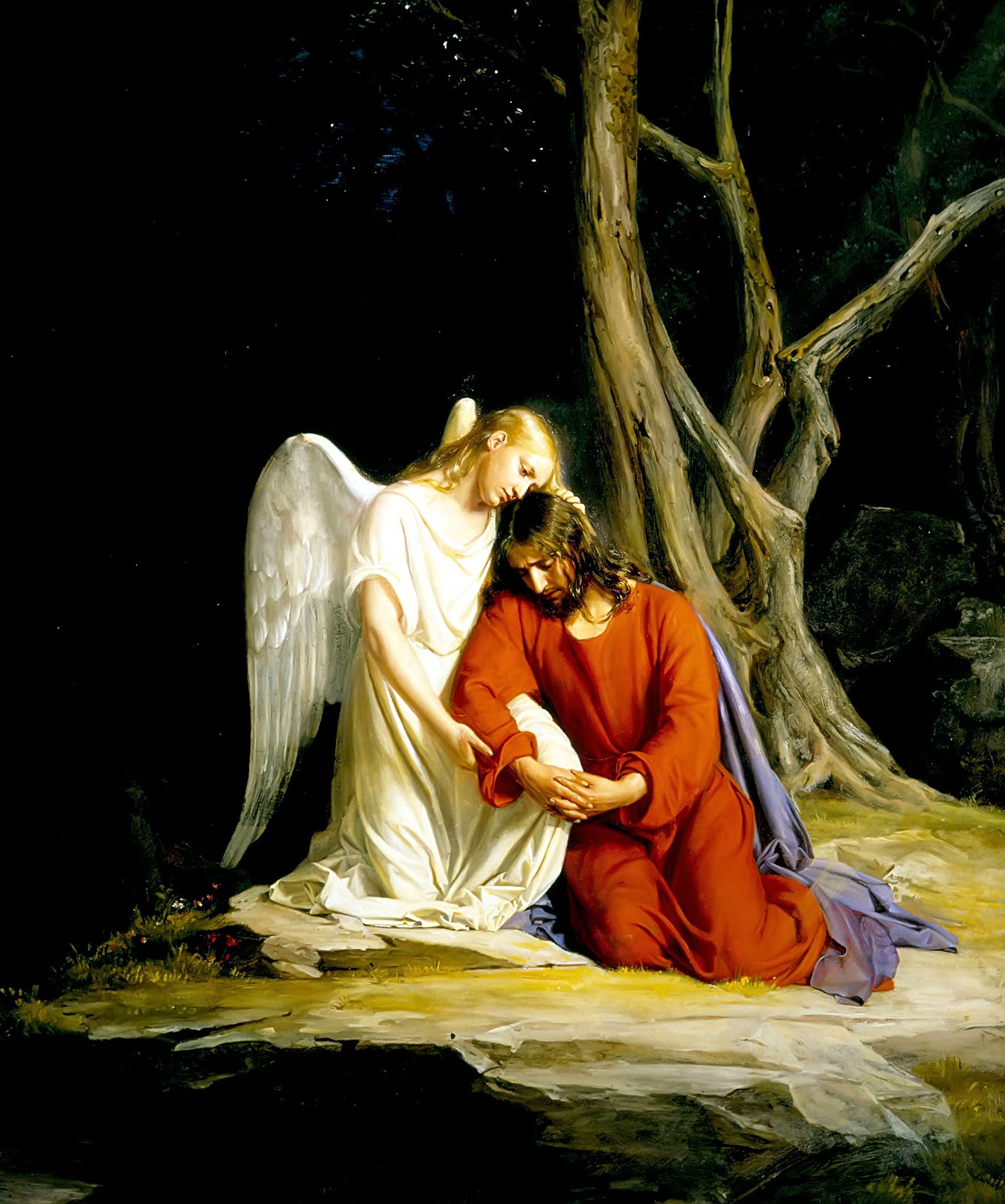If you are struggling to figure out what to eat when:
- It's Lent.
- It's Friday.
- You're in a hurry.
You are not alone. Last week, I had to remind my husband a couple of times not to eat meat. I finally sent an instructional text offering him two lunch options to choose from: baked potato and salad at the Wendy's near his job or a tuna sandwich at the Subway. A couple of years ago, I found myself in a situation when I scheduled a lunch date at Steak n Shake. I mean, "steak" is in the name and there is not much there to choose from unless you want to make a lunch of French fries. Not only is that not balanced or healthy in way, but I'm also not really a fries fan. One time, I actually told a server to bring me just five French fries. In addition to a strange look, I also got a plate full of French fries.
So, I thought I'd make a quick rundown list of Lent-friendly options for the next time you find yourself in similar situations.
BREAKFAST
Breakfast is actually super easy. Many of the fast food places have pancakes or oatmeal or bagels with cream cheese. Even if they don't, you can order a breakfast sandwich just about anywhere and have them leave off the bacon, ham, sausage, etc. Remember, cheese and eggs are okay so you can eat them on a muffin, a croissant, a bun, a bagel, a biscuit or whatever your preferred choice is. Here in the South, you can sometimes get grits.
LUNCH
I'm going to break it down with a choice or two from most of the main chains or types of restaurants.
Sandwich shops: Almost all offer a tuna sandwich or a veggie sandwich.
Pizza places: Order just cheese or load it down with mushrooms, olives, peppers, onions, etc. You can even have anchovies, if you are into that.
Fish sandwiches: You can now find fish sandwiches at most of the major chains. Of course, McDonald's has had the Filet o' Fish forever, but Burger King, Wendy's, Carl's Jr./Hardee's and even Arby's and Dairy Queen now have fish options. Jack in the Box even offers a fish and chips option in addition to its sandwich. DQ also offers additional local menu items, which could include shrimp in your area. (Plus, you can still have ice cream--just don't over do it.)
Fish restaurants: The choices are obvious here since most of their options are meat-free, although several of these chains do have a chicken choice (just stay away from that one). However, if you are sick of fish, remember these places often offer shrimp, clams or even stuffed crab.
Mexican options: Fast food "Mexican" or Tex/Mex is one of the easiest places to find Lenten options. Taco Bell has even been known to put up a special Lenten menu to highlight these items on their menu. You can order almost any kind of burrito, taco, enchilada, etc. without meat by sticking to beans and/or cheese. A bean burrito is one of my favorite choices, even when it's not Lent.
Wendy's: As mentioned above, Wendy's baked potato with side salad makes a filling combination.
KFC: Chicken is the heart of KFC, and they actually do not offer any entrees or sandwiches without chicken. However, I am a fan of both their mashed potatoes and their macaroni and cheese. Order some mac and cheese with their green beans or cole slaw and you have a satisfying and balanced Lenten meal.
Chick fil A: Another restaurant devoted to the chicken with no non-chicken entrees. However, they do offer a meat-free side salad and you actually can have their chicken soup. I don't know why but soups and broths are not included in the Catholic definition of "meat."
Not on the menu: Unfortunately, I could not find any Lent-friendly options at one of my faves, Sonic, unless you want to make a meal out of mozzarella sticks (which I admittedly have done) or cheddar poppers.
A word about salads: If you order a fast food salad, be aware that many of these come with some kind of chicken or other meat, so be sure to order without that.
DINNER
Of course, you can repeat any of the ideas above for dinner and apply them to casual or fine dining restaurants. Also, if you are invited to a catered banquet or dinner, don't forget that the chef probably has also prepared a vegetarian option, which you can request. My husband and I attended a banquet last week and requested the veg option. We ended up enjoying a spinach stuffed tomato with green beans and a nice risotto. Other common vegetarian catering options include mushroom or eggplant as the featured entree. And, remember, it is not the Church's goal to make things very difficult or to give offense to others. So, if you have no other option and/or don't want to upset your host, eat what you are served. (In my business, I often have to eat things I don't like even on normal days, so I promise, it won't kill you!)








_-_The_Last_Supper.jpg)

